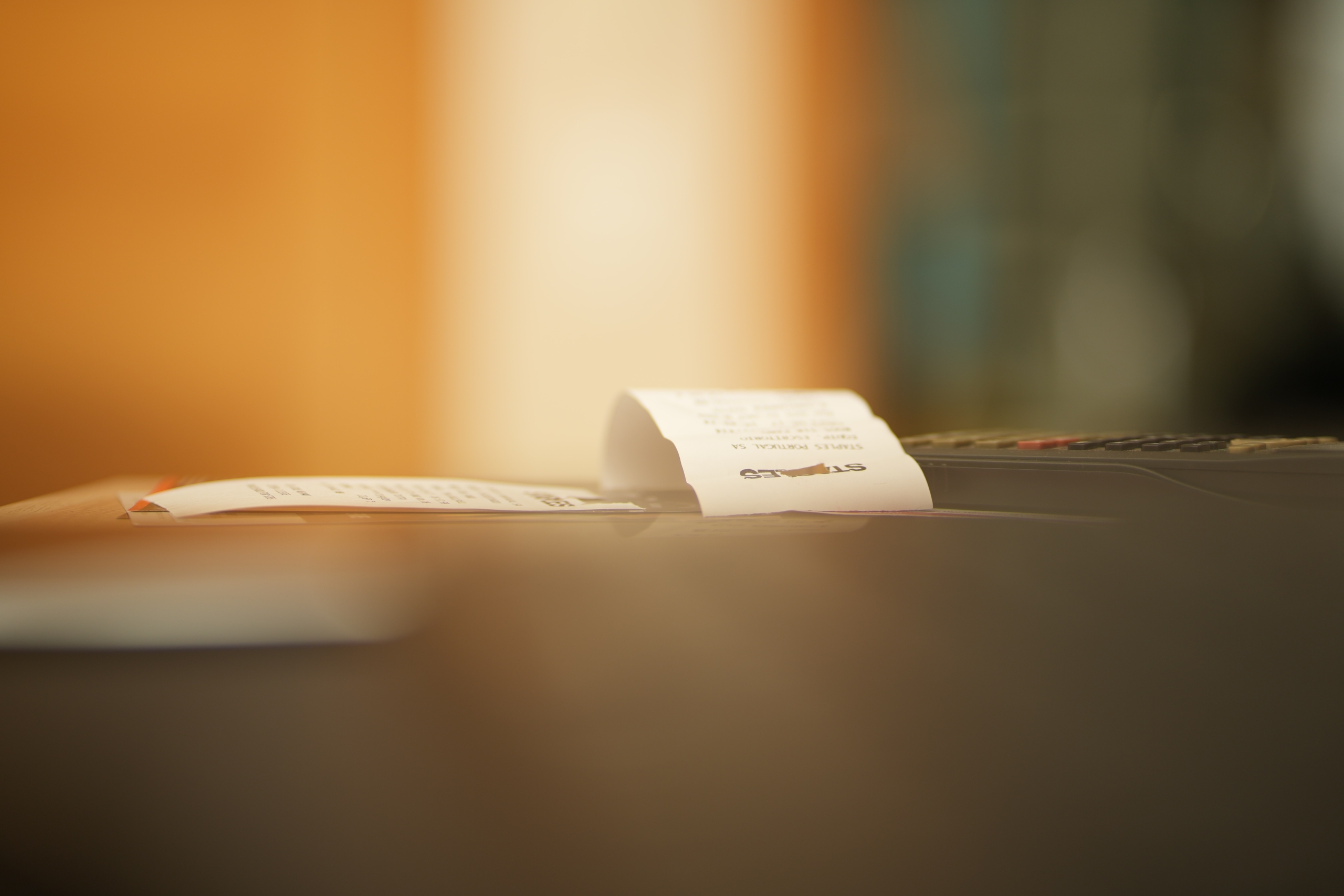How does a line of credit work?
When you apply for a line of credit, your business gets access to a revolving credit limit. You can draw funds when needed and repay on your own schedule—as long as you stay within the agreed limit. That flexibility is what makes a line of credit so valuable.
For instance, if you’re approved for $ 20,000 and use $ 5,000, you’ll still have $ 15,000 available. Pay back $ 2,000, and your available balance increases to $ 17,000.
There are two types of LOCs:
- Secured lines are backed by collateral like property or savings.
- Unsecured lines don’t require collateral but may have higher interest rates. That’s what an unsecured line of credit means.
A key question often asked is the difference between a line of credit and loan. A loan gives you a lump sum with fixed repayments. A line of credit is ongoing—you use and repay it as needed.







